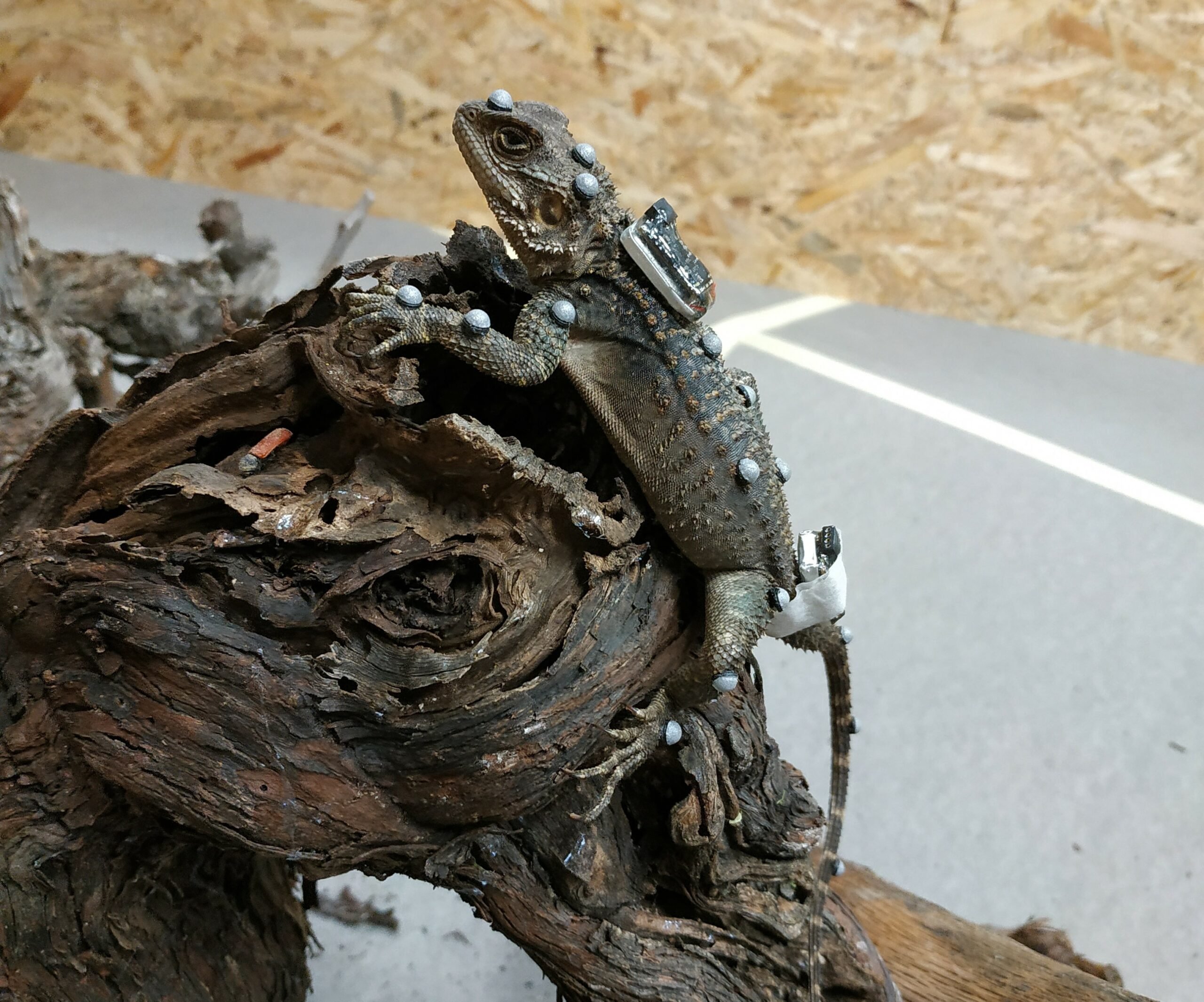Advancing site level management through innovative reptiles’ tracking and behavioural decryption (2019-2021)
Although modern technologies such as GPS and accelerometers have revolutionized the field of animal monitoring and habitat utilization, technical limitations prevent their use for small-sized reptiles.
The general objective of this project is to tackle this problem and advance scientific knowledge in the fields of (a) reptile locomotion (b) behavioral analysis and (c) conservation, through the development of novel monitoring techniques and approaches.
The project will take place in Cyprus using two common species, a lizard (Stellagama stellio) and a snake (Dolichophis jugularis).
For achieving those objectives two innovative techniques will be established. The first aims to enable the semi-autonomous and continuous remote tracking of reptiles to obtain finescale locomotion data.
This technique will be based on Angle-of-Arrival measurements acquired through Radio Direction Finding (RDF) technology which is able to calculate and project the location of a VHF transmitter on a digital map. The second focuses on semi-autonomously recognizing and categorizing behavioral patterns of reptiles, tagged with small-size accelerometers.
This technique relies on analyzing acceleration curves through the use of pattern recognition software and linking them with a predefined behavioral pattern database.
The combination of those techniques with state-of-the-art technology in remote sensing, advance photogrammetry and image pattern recognition will allow the creation of fine scale micro-habitat utilization maps, advancing site level management through the designing of more targeted, species based management and conservation actions.
For the successful implementation of this project, a number of activities are foreseen including developing of innovative tools, monitoring of reptiles, analyzing acceleration curves and developing algorithms for predicting animals’ movements. Both techniques when fully developed will be tested in the field through a case study and their abilities for enhancing conservation delivery will be evaluated.

